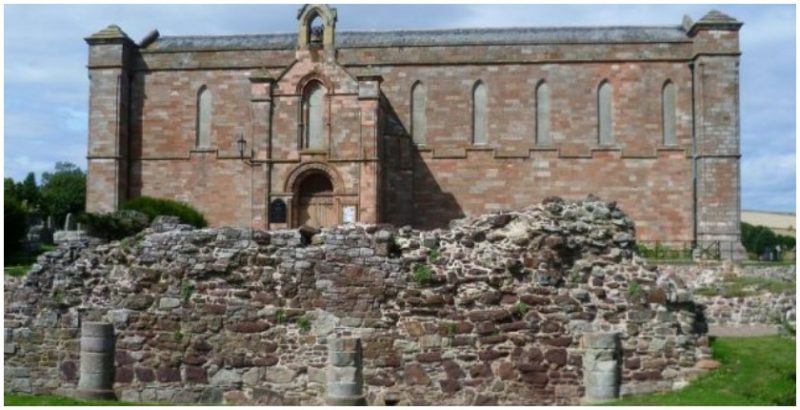The long-lost remains of a home built by a Dark Age princess were discovered in March 2019. Æbbe was a 7th-century woman known to have founded a monastery somewhere near the village of Coldingham in southeast Scotland.
Recent excavations have found new evidence of the existence of Princess Æbbe some 1,400 years ago. Researchers know that her religious house existed, but not where exactly. The monastery was destroyed in a Viking raid in the year 870 and historians have been unable to find it ever since. Æbbe was born a pagan but became an abbess and was instrumental in spreading Christianity along the Scottish coast during the 7th century.
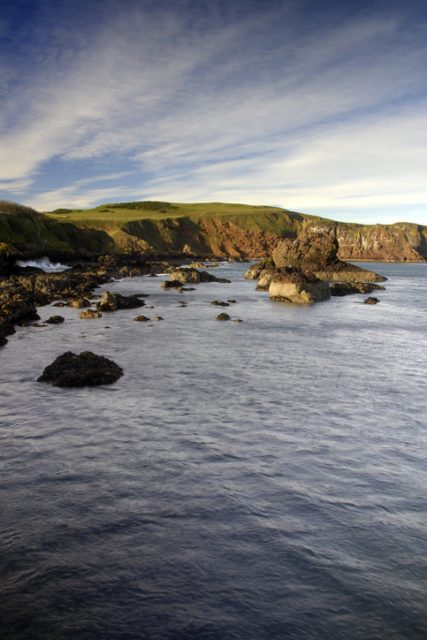
According to Yahoo, excavators have now located a narrow, circular ditch, which is likely the “vallum,” or the boundary that surrounded Aebbe’s religious settlement, says DigVentures, a U.K.-based group led by archaeologists and supported by crowdfunding. “Citizen scientists” help carry out DigVentures’ projects.
“This is pretty much exactly when Æbbe’s monastery was in existence,” Manda Forster, the program manager at DigVentures, said in a statement. “Originally built around A.D. 640, it is said to have burned down shortly after her death but was then rebuilt and thrived until it was destroyed once again by Viking raiders 200 years later.”
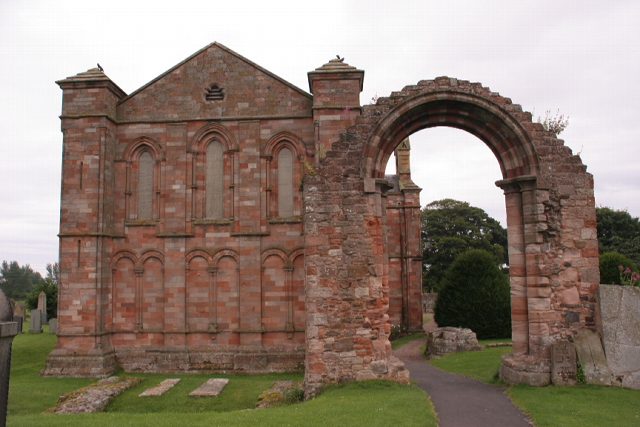
Researchers had been digging for the monastery in a different place: a cliff-top location in Coldingham, overlooking the sea. But the evidence was lacking of an extensive, wealthy Anglo-Saxon monastery.
“Vallums weren’t necessarily deep, intimidating defensive structures but more like a symbolic marker to show that you were entering a venerated or spiritual place,” Maiya Pina-Dacier, the head of community at DigVentures, told Live Science.
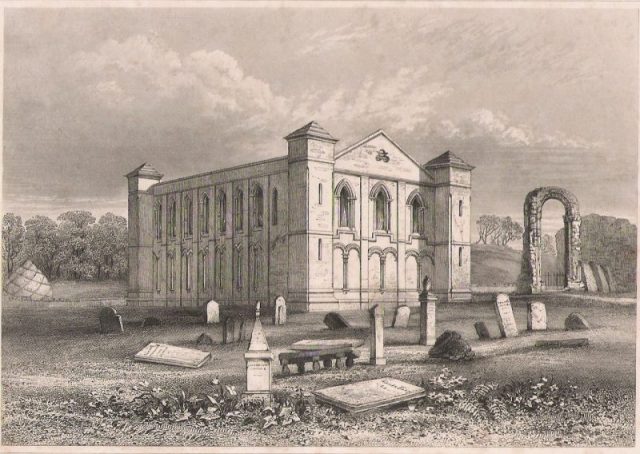
Outside the monastery boundary, the excavation team made another discovery: a giant pile of butchered animal bones, including those from cattle, horses, pigs, sheep, goats, domestic fowl and red deer. These were radiocarbon dated to 664 to 864, right around the time the monastery would have thrived.
The site found is inland and not far from Coldingham Priory, a house for Benedictine monks. DigVentures excavated there because of outlines of several possible archaeological structures. “In addition, several artifacts — including fragments of an Anglo-Saxon belt fitting, fragments of sculpture and possible early Christian burials — had been found there. ” Benedictines and other monastic orders sometimes built on the sites of Anglo-Saxon religious ruins.
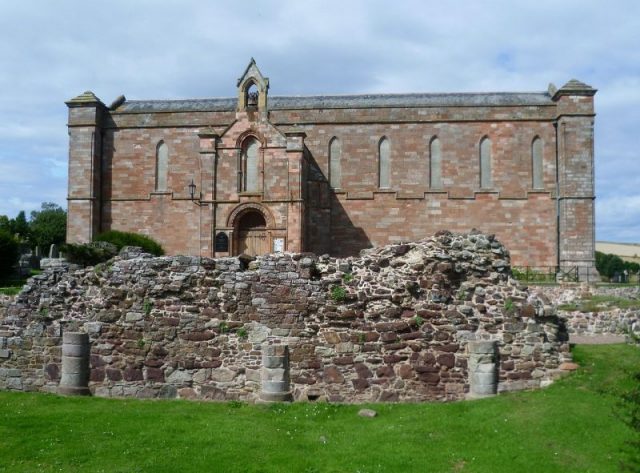
“It is brilliant to finally be able to announce that we’ve found Æbbe’s monastery, and to confirm that part of it is probably underneath Coldingham Priory,” Forster told the BBC. “Æbbe is an extraordinary figure–an example of a powerful Anglo Saxon woman who played a big part in establishing Christianity in the region during the 7th Century. Now that we’ve got evidence to pinpoint exactly where her monastery was, we can help bring her story back to life.”
Æbbe was the daughter of King Aethelfrith of Bernicia, a Dark Ages warlord who was an important ruler in the history of Northumbria. There is a story that she originally dedicated her life to Christianity to avoid the attention of a prince she disliked. After she became an abbess, she was a respected member of the royal family who was instrumental in settling various feuds. Most of all, she dedicated herself to spreading the Christian faith throughout the area.
Read another story from us: The Dark Age Anglo-Saxon Princess Rediscovered Over 1000 Years Later
Another story exists that while her own piety was unquestioned, she had difficulty enforcing the strict rules of religious life on others who lived at the same monastery.
Her brother Oswald was also respected in his lifetime for his spirituality. He founded the famous monastery at Lindisfarne, which was later raided and burned by Vikings as well.
